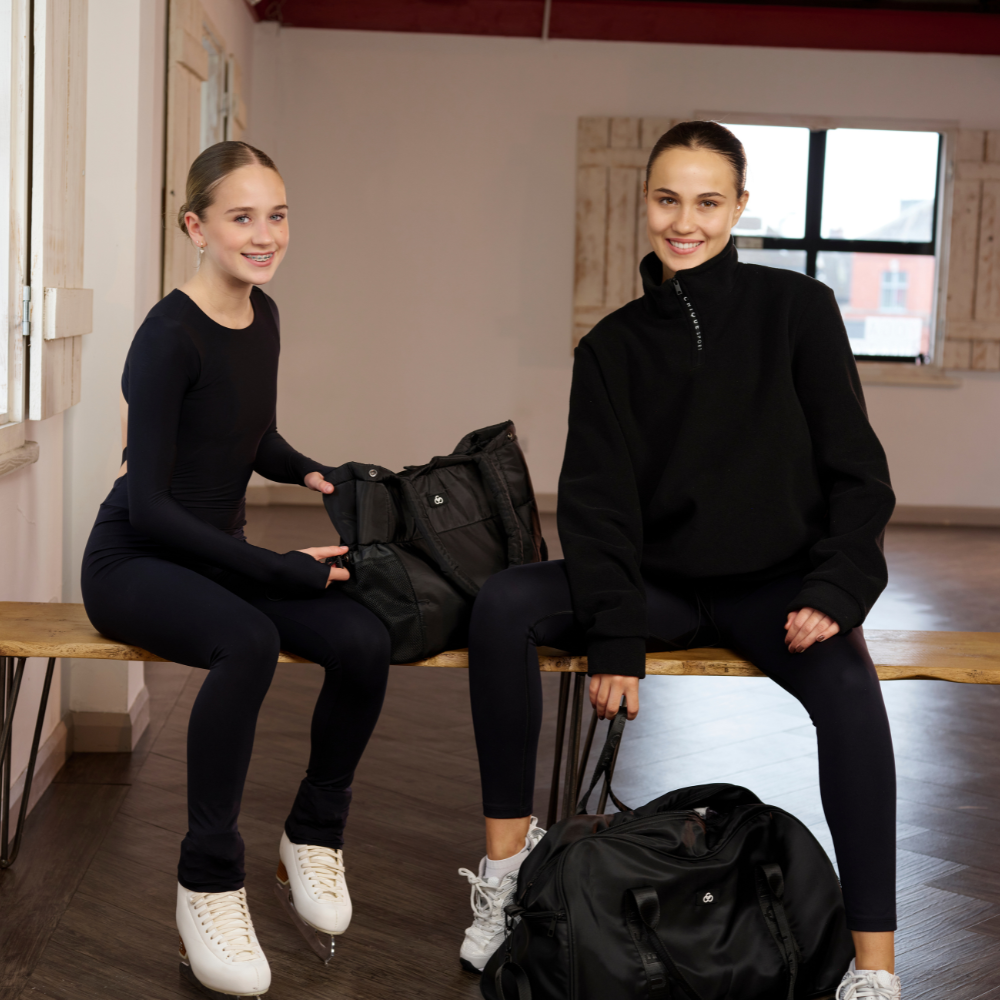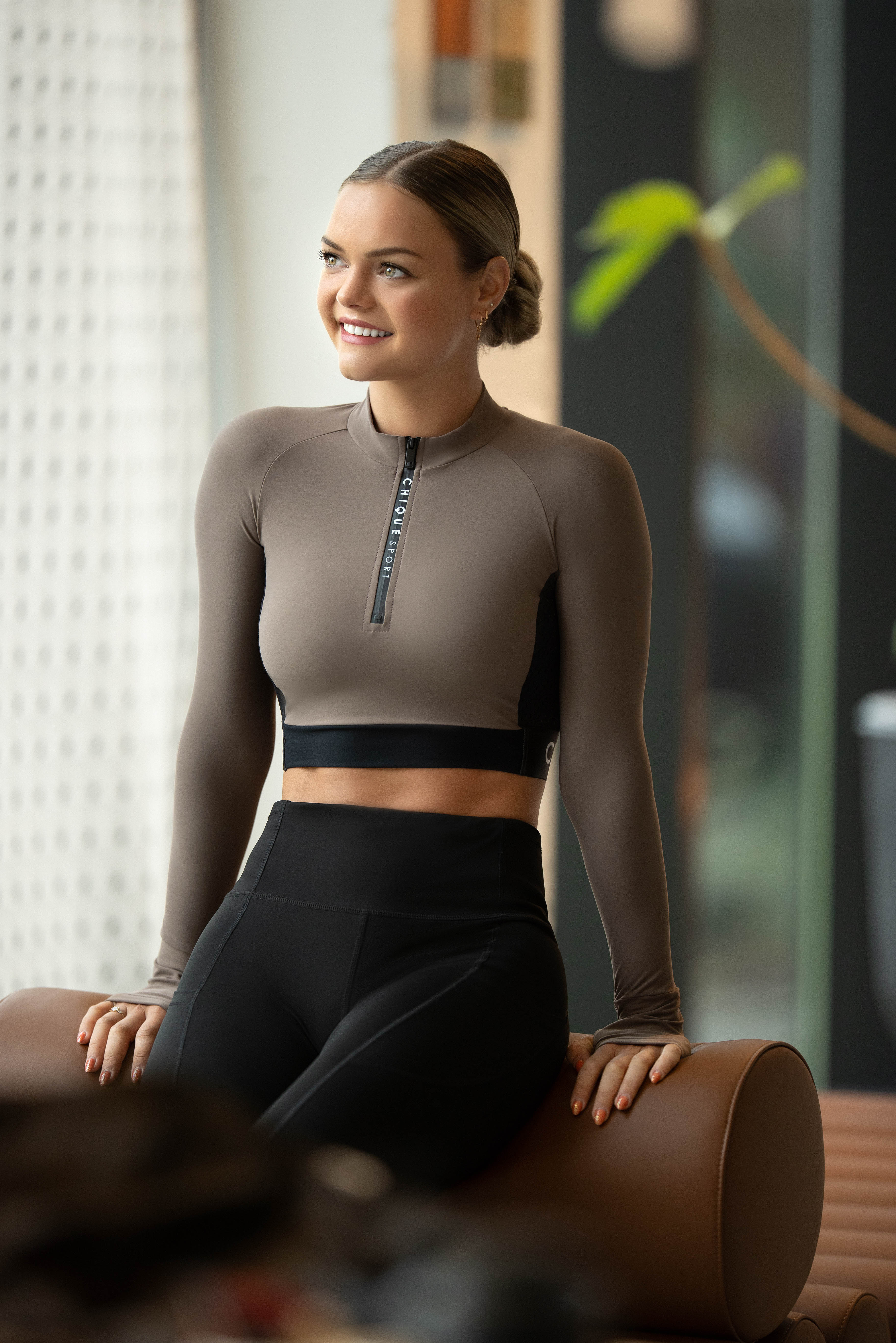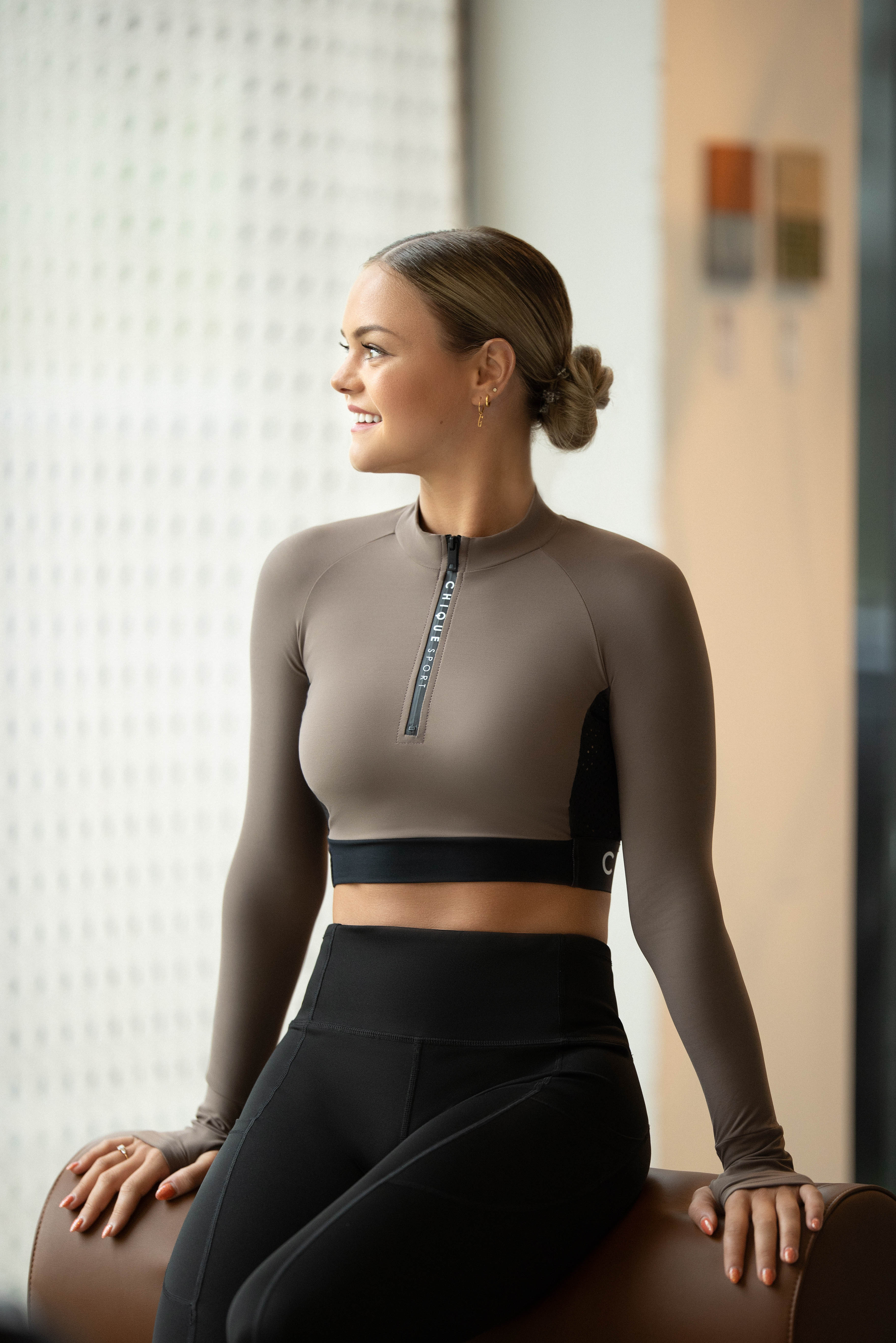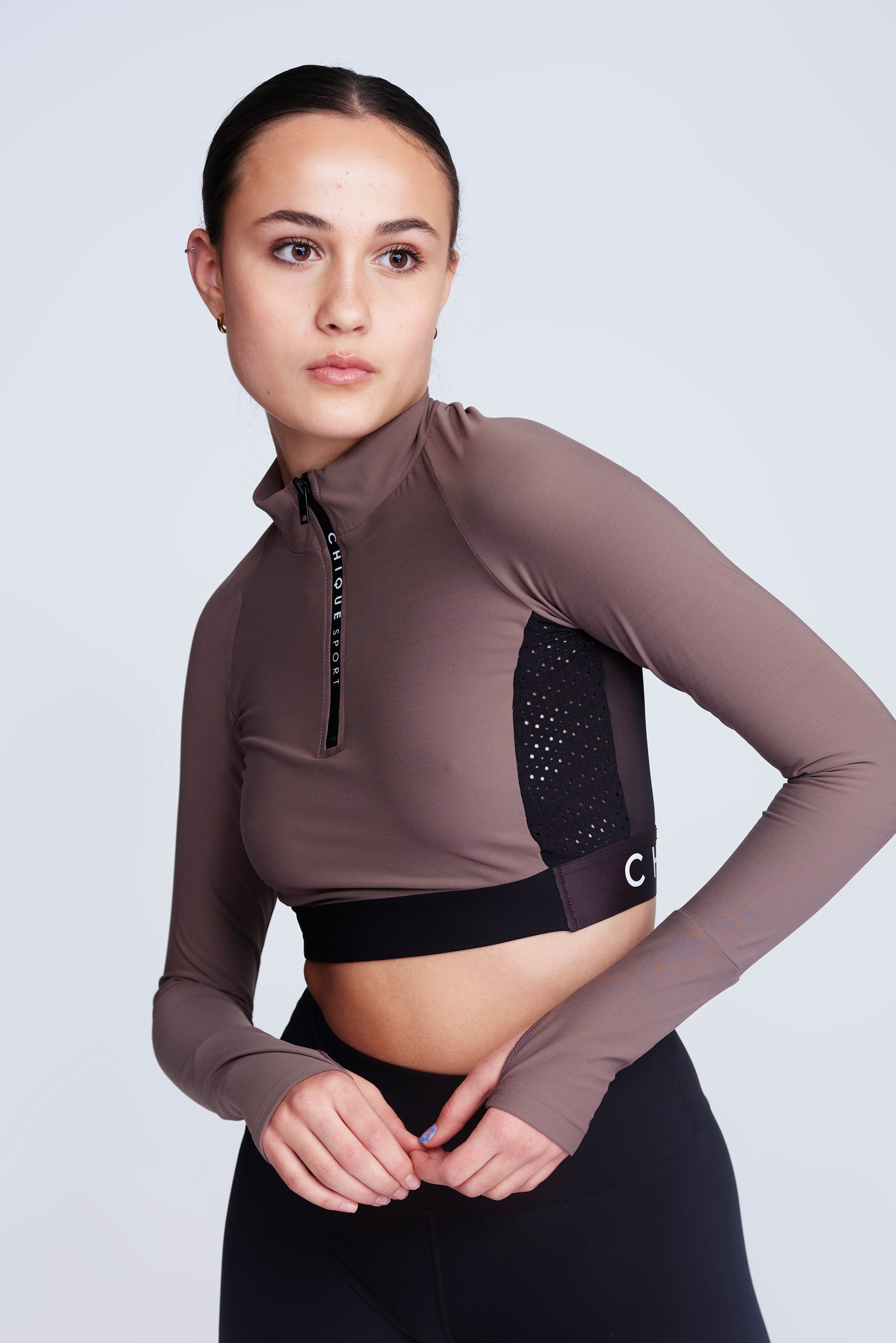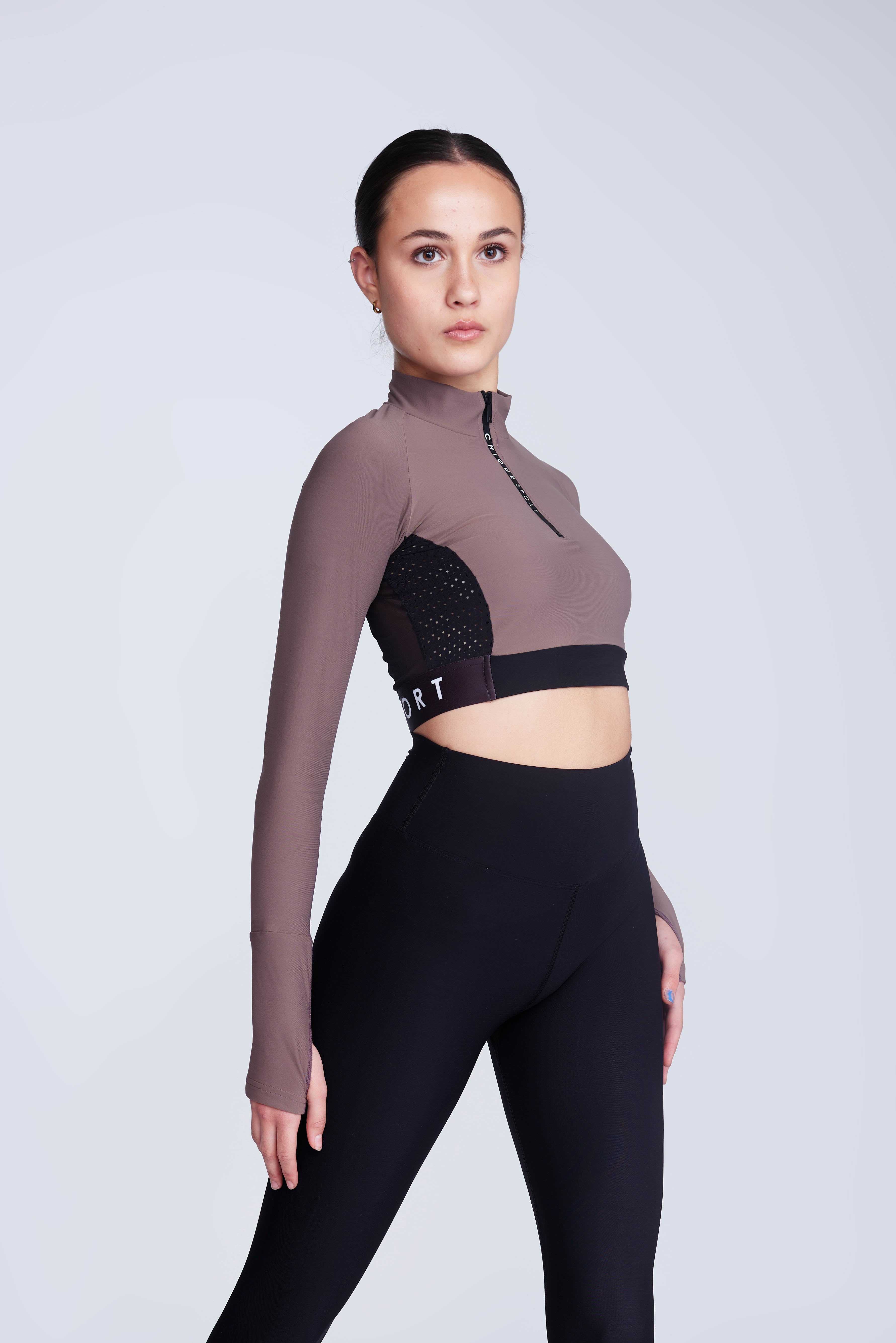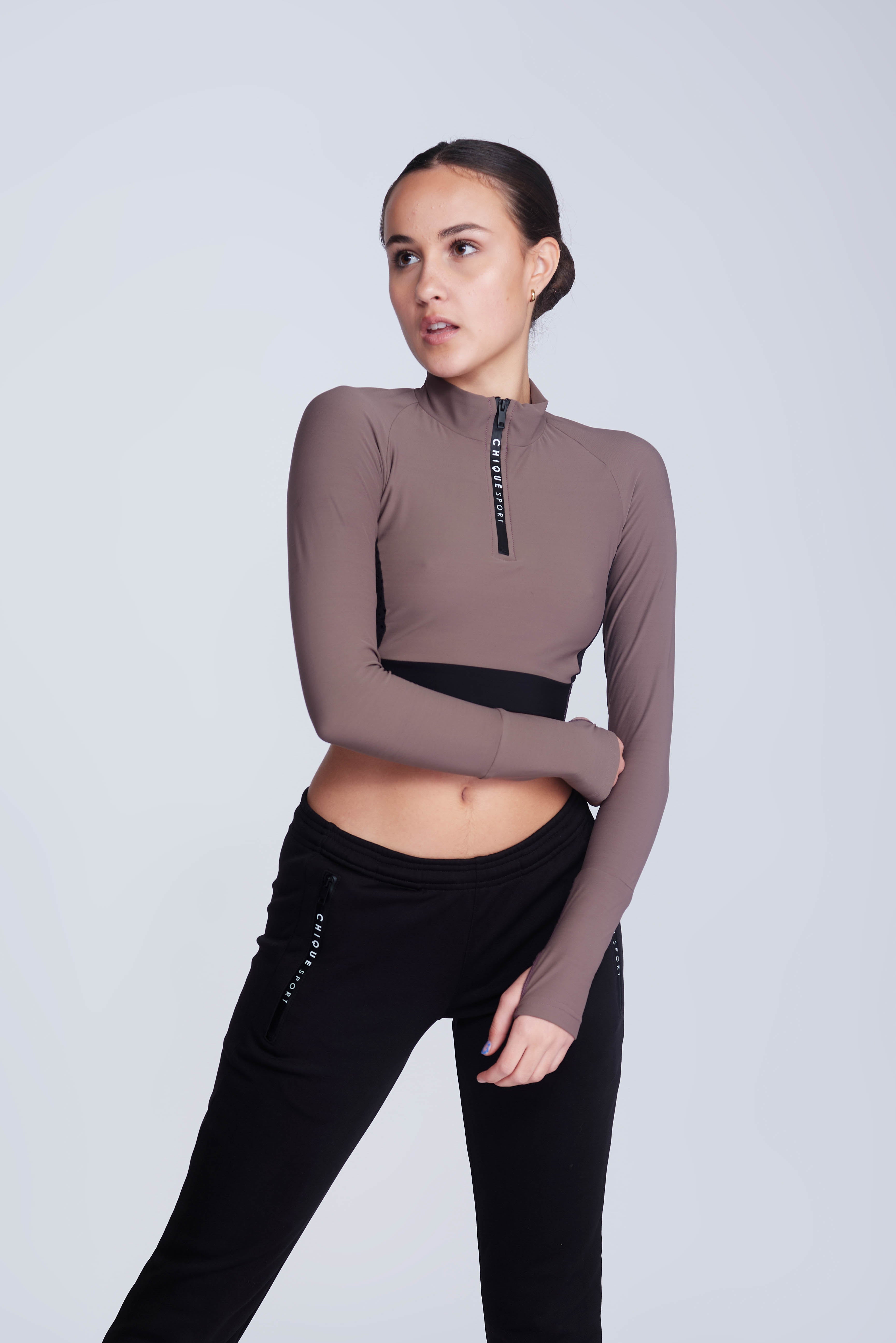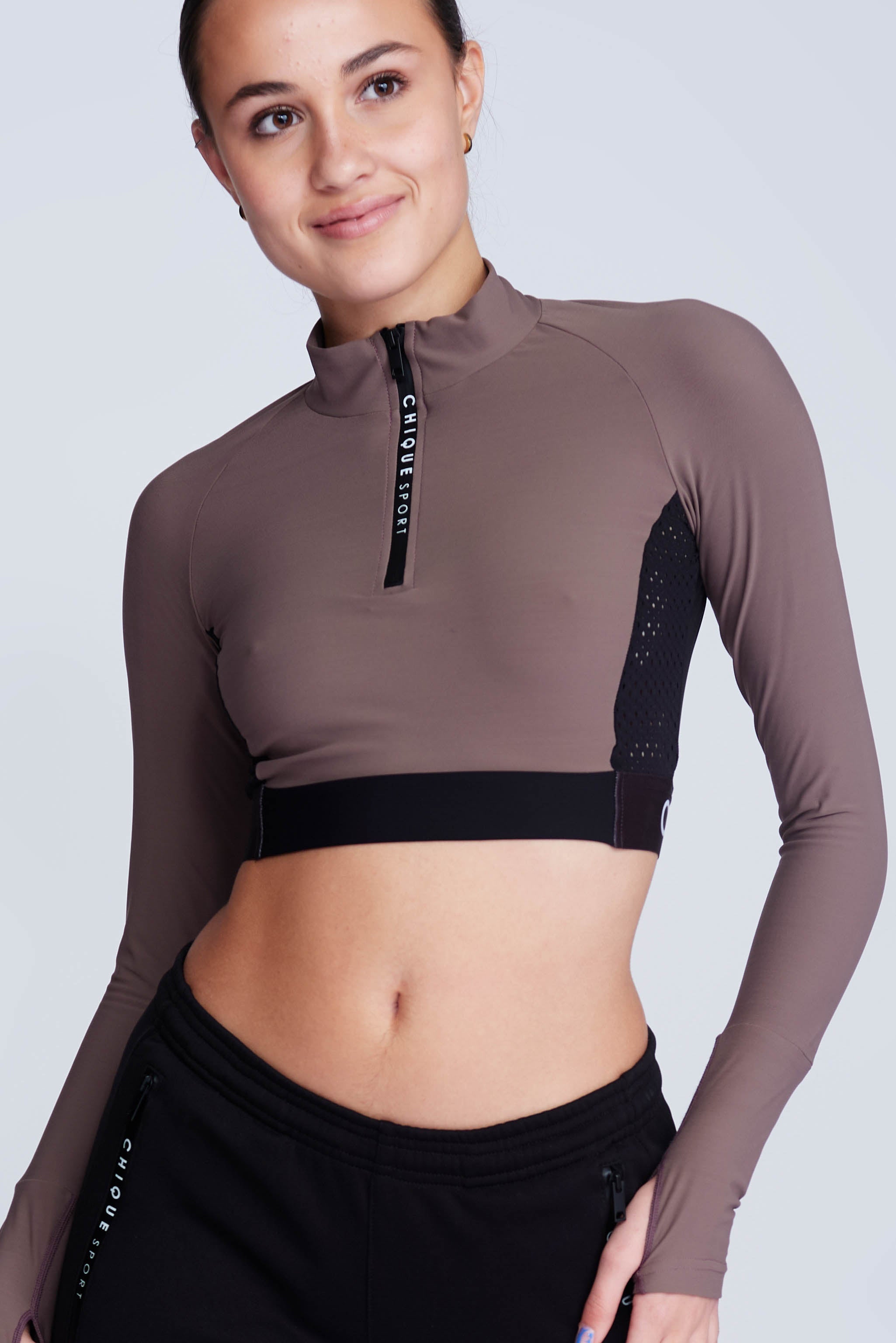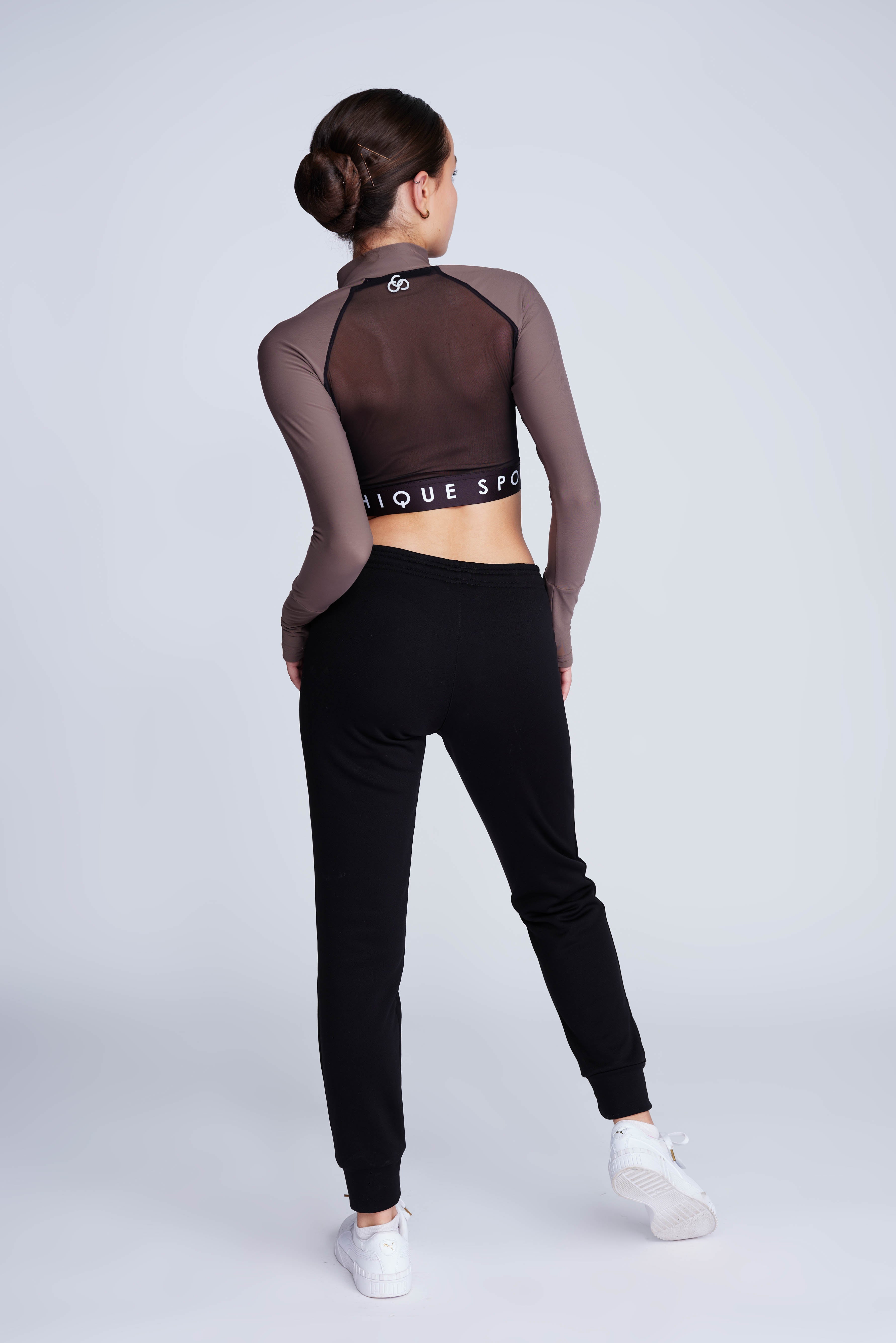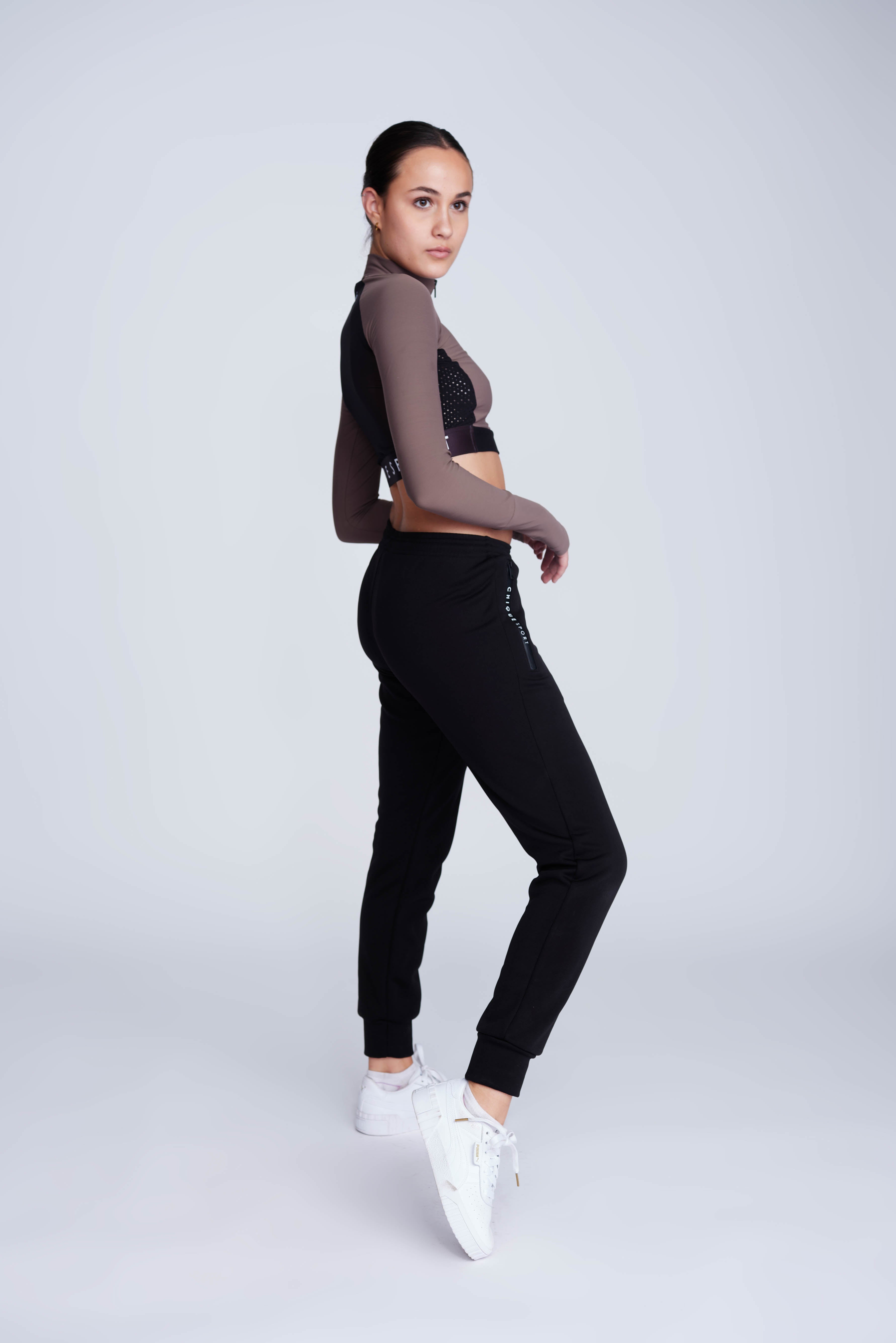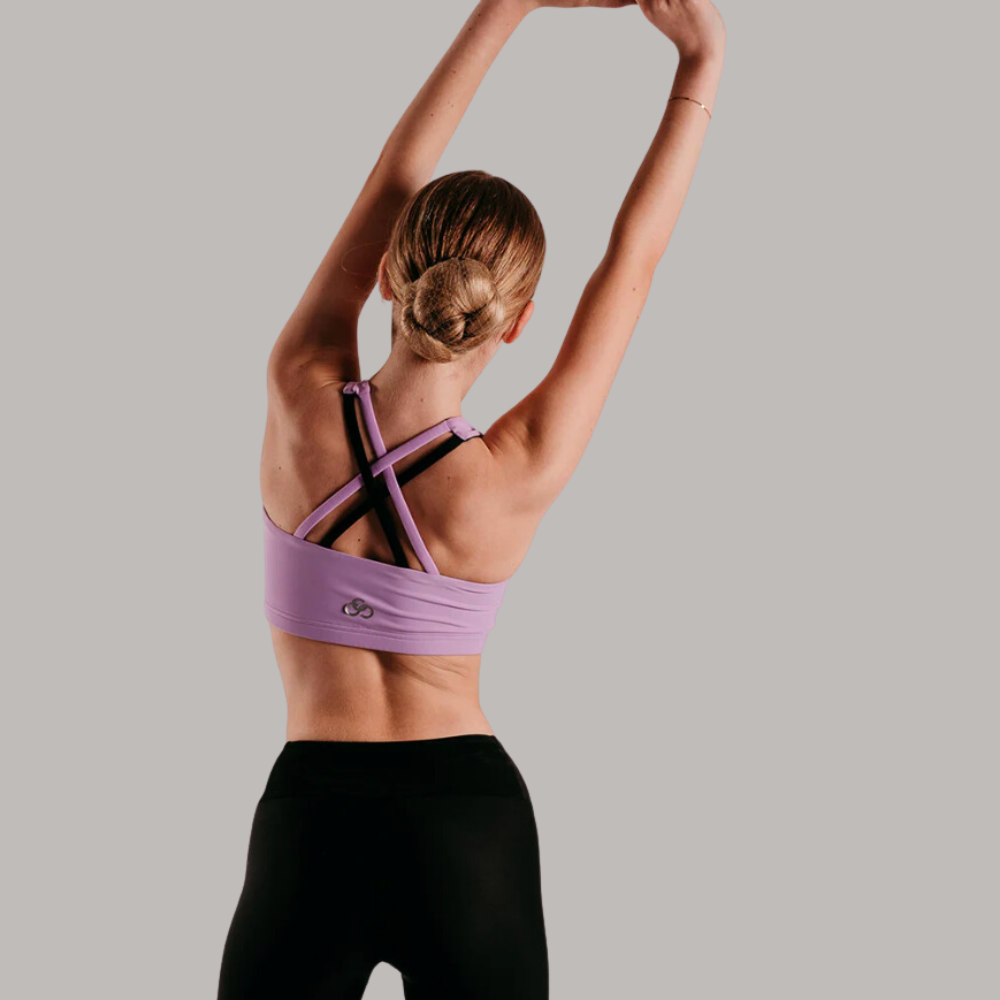If you’ve ever watched figure skaters glide across the ice and thought, “I could never do that,” you’re not alone. Many adults feel the same way. Maybe you didn’t have the chance to learn as a child. Or perhaps you’ve just moved to a place where ice skating is popular. You might even be looking for a fun new hobby to stay active.
Whatever your reason, it’s natural to worry about feeling out of place in such a child-orientated sport. But here’s the good news: it’s never too late to start! With the right mindset and a bit of patience, you’ll be surprised at what you can achieve on the ice.
Are You Ever Too Old to Learn to Ice Skate?
Many people believe that ice skating is a skill best learned in childhood, often due to parents signing their kids up for lessons or schools encouraging extracurricular activities. While it’s true that many start young, that doesn’t mean ice skating is only for children. In fact, adults in their 20s, 30s, 40s, 50s and beyond can absolutely learn to skate — and there are unique benefits to starting later in life:
- Ice skating is a low-impact exercise - looking after your joints becomes increasingly important the older we get!
- You can learn at your own pace - you can choose to learn the basics yourself, or you can take an adult beginners class that's tailored to your skill-level.
- The rink is a great place to make adult friends - it’s more difficult to make friends as adults, but the rink is a great place to meet new people and "break the ice" (pardon the pun…)
So no matter your age, whether you’re 25 or 55, learning to ice skate in your later years can open the door to a rewarding new hobby.
How to Learn to Ice Skate as an Adult
We’re here to help you learn how to ice skate through simple, easy steps that anyone can follow. Whether you’re planning to join a class or teach yourself, these basic techniques can give you the confidence to step onto the ice.
1. Wear the Right Clothing
Before you even step onto the ice, it’s important to make sure you’re dressed properly. Think of it like going to the gym - wearing something that limits your movement would make it harder to exercise properly. The same applies to ice skating. You need to be able to bend, stretch and move freely.
We have a complete guide on what to wear ice skating, so be sure to check it out. When you're practising you’ll want to keep these things in mind:
- Wear light layers of clothing that keep you warm but can be easily removed.
- Avoid bulky or restrictive clothes like heavy coats or jeans.
- Choose breathable, flexible fabrics to stay dry and comfortable.
⭐ Beginners Tip: Invest in a dedicated figure skating outfit, like leggings and a matching top. Just like new gym clothes, having the right gear will boost your confidence and motivate you to keep returning to the ice.
2. Lace Your Skates Properly
When you’re at the rink, one of the most important things to get right is lacing your skates properly. Skates that are too loose won’t give you the support you need around the ankle, while skates that are too tight can cause discomfort or even injury.
Here's how to lace your skates correctly:
- Start by loosening the laces enough to easily slide your foot in.
- Begin tightening from the toe and work your way up, ensuring each section is snug but not overly tight.
- Finally, tie a firm knot at the top to keep everything in place. Double knot it to be on the safe side!
⭐ Beginners Tip: If you’re just starting out, it’s perfectly fine to hire skates from the rink and ask for help lacing them up on your first time. If you’re planning to buy your own, be sure to check out our equipment guide for buyers advice.
3. Check Your Posture
When learning how to ice skate, posture plays a key role in maintaining balance, ensuring smooth movement and staying safe on the ice. Proper posture makes it easier to glide and helps prevent falls by keeping your weight centred and your movements controlled.Here’s the ideal ice skating posture:
- Bend your knees slightly to keep your centre of gravity low and stable.
- Lean forward slightly to keep your weight balanced over your skates.
- Relax your shoulders to stay loose and avoid stiffness.
Think of it like the posture you’d adopt when skiing or cycling — your knees are bent, your body leans forward and your shoulders stay relaxed.
⭐ Beginners Tip: If you’re struggling with your posture, try practising off the ice first. Stand in front of a mirror and adopt the correct stance. Make sure you're not standing straight with locked knees, this is a common mistake.
4. Get Comfortable on the Ice
Standing on the ice for the first time can be intimidating and it’s perfectly normal to feel unsteady at first. This step is all about gaining comfort and building confidence before you start skating. Take a moment to get used to the sensation of standing on the ice, the goal is to feel more secure on your skates before you attempt to move.Here’s how to get comfortable when on the ice:
- Shift your weight from one foot to the other to improve your balance.
- Hold the ice rink barrier lightly for support while you find your footing.
- Take your time and don’t rush into skating until you feel ready.
⭐ Beginners Tip: Many ice rinks provide penguin balance aids, with adult friendly versions too! Just ask someone working there for assistance and they’ll be happy to help. If you’re feeling self conscious, visit the rink at a less busy time during the week. Mornings, mid-days and evenings are usually quiet depending on the rink.
5. Practice Falling
After getting comfortable on the ice, the next step is learning how to fall safely. Falling can be a bigger fear for adults than for children—kids have less fear and less distance to fall! But knowing how to fall correctly can actually boost your confidence on the ice, as you’ll feel more prepared for any slips.To build confidence, try practising controlled falls in a safe, padded environment - like on a gym mat. Start by lowering yourself into a fall and focus on the correct technique:
- Tuck your chin to avoid hitting your head.
- Aim to fall on your side or knees rather than straight backward or forward, to protect your wrists and tailbone.
- Use your hands to help break the fall, but avoid extending your arms straight out.
⭐ Beginners Tip: Wear gloves when you’re learning to ice skate - these are not just for warmth, they also protect your hands from grazes or burns from the ice abrasions or even minor cut injuries if you do fall.
6. Start with Gliding
Now that you're somewhat comfortable standing on the ice, it's time to start moving! Gliding is one of the easiest ways to move across the rink and is the foundation of all skating skills. It's the classic movement you'll see all skaters using, from beginners to pros alike.The motion of gliding is similar to rowing a boat, here's how to start:
- Stand with your feet shoulder-width apart and knees slightly bent.
- Push off gently with one foot while keeping the other on the ice.
- Then switch feet to glide on the opposite side, and repeat.
- Keep your body slightly leaning forward with arms out for balance.
⭐ Beginners Tip: When gliding, you need tight flexible bottoms that don't get in the way of leg movement. Try our specially designed figure skating leggings, which also have cut resistant panels meaning they're less likely to rip if you do fall on the ice.
7. Learn to Stop Safely
Learning to stop is just as important as learning to glide. The snowplough stop is the most beginner-friendly method. The key to a successful snowplough stop is applying just enough pressure without overdoing it. A common mistake is pressing too hard too quickly, which can cause you to lose balance.Here’s how to do the snowplough stop:
- Start by gliding slowly. As you move, angle your toes slightly inward, forming a "V" shape with your skates.
- Gently press the inside edges of your skates against the ice. Apply gradual pressure to create friction and slow yourself down.
- Adjust the pressure as needed to control your speed—light pressure for a gentle stop, more pressure for a quicker halt.
⭐ Beginners Tip: Practise stopping at slow speeds first, so you can master the technique before attempting it during faster glides.
8. Try Turning
Once you’re comfortable gliding and stopping, it’s time to add turning to your skill set. Turning allows you to navigate the rink with more confidence and control. Start with gentle curves and gradually work your way up to tighter turns as your confidence builds.
Here’s how to start turning:
- Shift your weight slightly in the direction you want to turn, leaning gently into the curve.
- Keep your feet close together to maintain balance and control during the turn.
- Practice turning in both directions to ensure balanced development and agility on the ice.
- Remember to maintain good posture and use your arms for balance as you turn. Leaning too far or keeping your feet too far apart can make it difficult to control the turn.
⭐ Beginners Tip: Practise turning around cones or small objects on the ice. This will help you build control and confidence as you develop your turning skills.
9. Pace Yourself & Take Breaks
Learning to skate is a marathon, not a sprint. It’s important to pace yourself and take regular breaks to prevent fatigue and maintain safety on the ice. Overexertion can lead to tired muscles, which increases the risk of falls and injuries. By setting small, achievable goals for each session and taking breaks to rest and reassess, you’ll make steady progress without burning out.Here’s how to pace yourself:
- Set small, achievable goals for each session.
- Take regular breaks to rest and refocus.
- Listen to your body and know when it’s time to pause or stop.
⭐ Beginners Tip: Focus on quality over quantity. Consistent, shorter practice sessions are more effective than long, tiring ones.
10. Finish with a Stretch
After a skating session, it’s important to stretch to prevent muscle soreness and maintain flexibility. Skating works specific muscles in your legs, hips and lower back, so stretching afterward helps prevent stiffness and keeps you limber for your next time on the ice.
Here’s a quick guide to post-skating stretches. Try to hold each for 20-30 seconds:
- Legs - Stretch your hamstrings, quads and calves to release tension in the lower body.
- Hips - Open up your hips with gentle stretches to maintain flexibility.
- Lower Back - Stretch your lower back to ease any tightness from bending and gliding.
⭐ Beginners Tip: For optimal flexibility and injury prevention, incorporate dynamic stretches before skating and static stretches afterward. This balanced approach keeps your muscles ready for action and aids in recovery.
Build Your Basic Ice Skating Skills
Learning to ice skate as an adult is an exciting journey, and the key to success is taking it one glide at a time.
Remember to set yourself goals — whether it’s mastering a basic skill or working toward a bigger milestone, having something to aim for keeps things interesting. Try to work your way through these ten beginner friendly ice skating moves over time. Make sure to consistently visit the rink — a weekly session can do wonders, and it’s a great way to unwind from the daily grind. Don’t hesitate to ask for tips or advice when you need it. Most importantly, enjoy the ride — skating is meant to be fun, so embrace the wobbles, laugh at the falls, and savour the progress.
Whether you’re gliding solo or with friends, each time you hit the ice, you’re building confidence and skill.
Keep at it, and before you know it, you’ll be skating circles around your former self! ⛸️🏅
